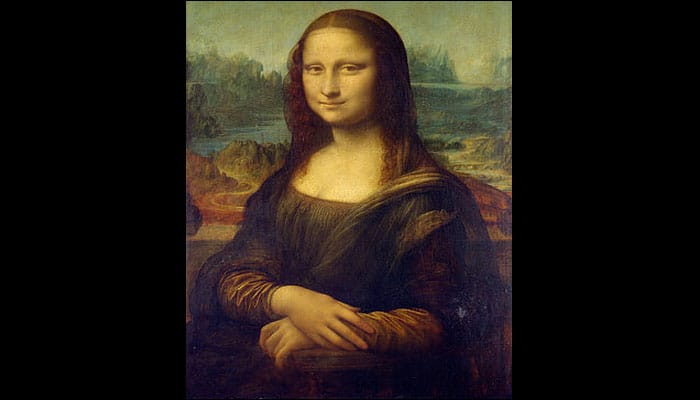New Delhi: Artist Leonardo da Vinci, who was quite controversial in his time, is known for his most famous piece of art called Mona Lisa – the woman who looks out of the frame she's been propped up in with a mysterious, albeit alluring smile.
Ranging from theoretical to fictional, Mona Lisa's secretive facial expressions have been subjected to immense scrutiny. Over the years, the painting has been studied in great detail, with scientists trying to decipher what they really mean, which also raised a lot of questions.
Now, a new study suggests that Mona Lisa is unquestionably smiling in one of the world's most famous paintings despite the intangible sadness that imbues her face.
scientists at the University of Freiburg in Germany have demonstrated that test subjects almost always perceive Mona Lisa as happy.
They also determined that the emotional assessment of the image depends on which other versions of it are shown.
Researchers presented the test participants with the original painting and eight image versions in which the corners of Mona Lisa's mouth are slightly raised or lowered to create a sadder or happier facial expression.
"We were very surprised to find out that the original Mona Lisa is almost always seen as being happy. That calls the common opinion among art historians into question," said Jurgen Kornmeier, a scientist at University of Freiburg.
Scientists began by creating eight versions of the Mona Lisa that differed only in gradual changes to the curvature of her mouth.
The researchers then presented the original, four versions with a sadder face, and four with a happier face in random order.
Their participants indicated for each version whether they perceived it as happy or sad by pressing a button and then rated how certain they were of their response.
The responses were added up to form a percentage on a scale from sad to happy and a rating for the certainty of the responses.
The original and all of the more positive versions were perceived as happy in nearly 100 per cent of the cases.
The participants identified happy faces more quickly and with a higher degree of certainty than sad faces.
"It appears as if our brain is biased to positive facial expressions," said Emanuela Liaci, PhD student and first author of the study.
In a second experiment, the researchers kept the image with the least mouth curvature as the saddest version, took the original Mona Lisa as the happiest version, and chose seven intermediate versions, three of them from the first experiment.
They found that the participants tended to perceive the various versions of the image as sadder when the range of images they had been shown had overall sadder facial expressions.
"The data show that our perception, for instance of whether something is sad or happy, is not absolute but adapts to the environment with astonishing speed," said Kornmeier.
The study was published in the journal Scientific Reports.
(With PTI inputs)
















